Create the best cocktails with Deep Learning
Most cocktails aren’t a big commitment to make, if you’re a cocktail fan of any sort. You’ve got the supplies, a well-stocked bar and the know-how to mix them. There are some cocktails, though, that take far more effort than the average Margarita or Martini (though getting even these drinks just right is no small feat). We’re talking dozens of ingredients, complicated home-made tinctures and infusions and fire. Could Artificial Intelligence help us to come up with some cocktails that we know, without any doubts, that our guests would fall in love with them?
The answer is yes. Now let’s figure out how!
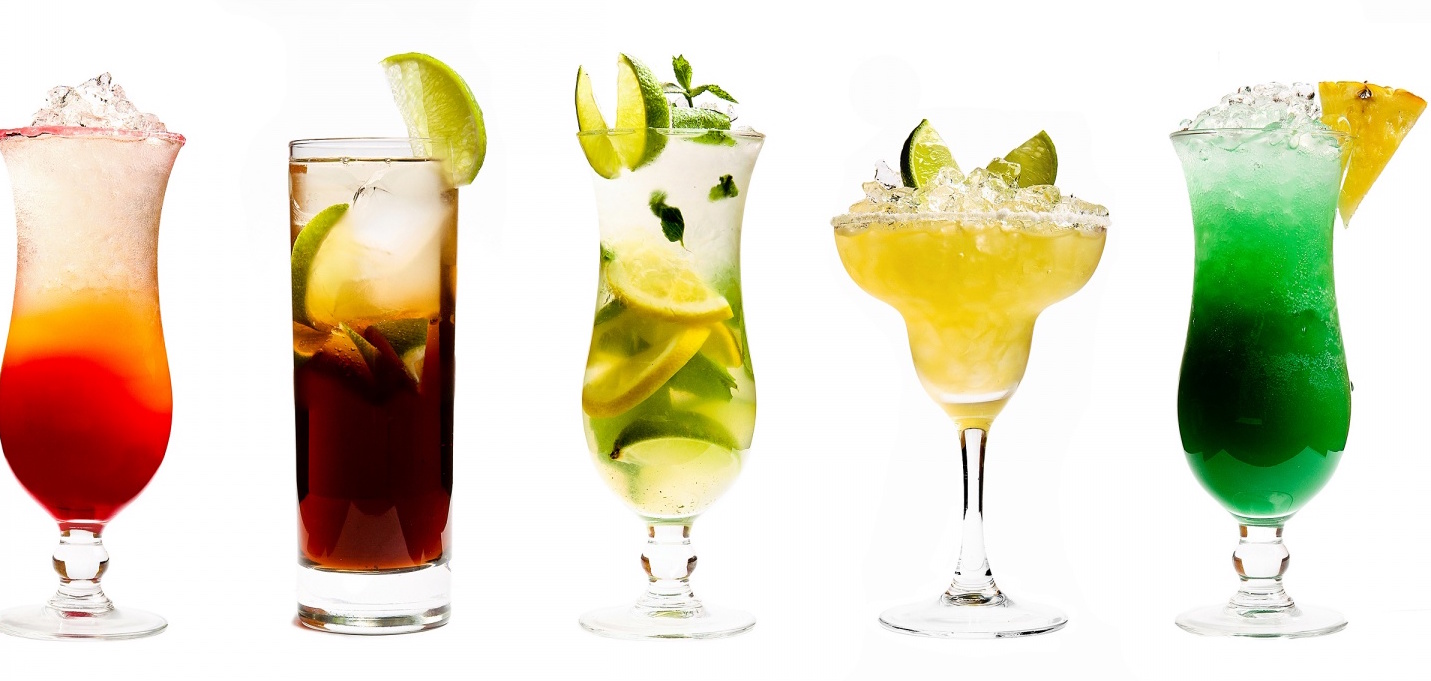
Getting the data
One of the hardest tasks was to build a data set for supervised learning that contains the compositions of the cocktails along with the reviews and ratings. The only suitable website I could find was 1001cocktails.com. This website is edited in French and does not provide an English translation. But don’t worry, I will translate all the terms I use, as much as I can. They don’t provide the data via API so I used the so called Beautiful Soup library. When you browse on a random cocktail, you will see a description like this:
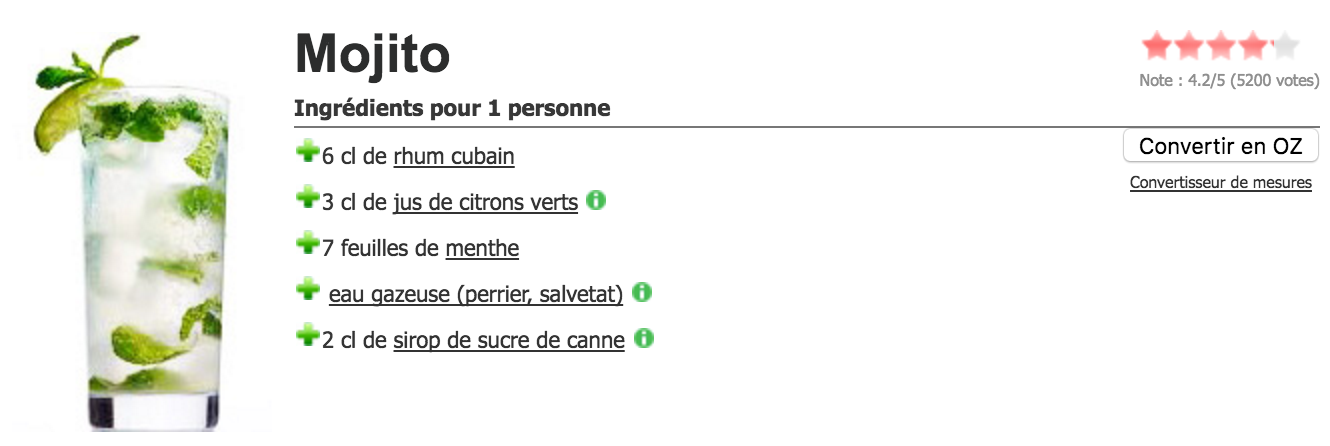
For information, here is the English version:
Mojito - Rating: 4.2/5 (5200 reviews)
Composition for one person:
- 6 cl of Cuban Rum
- 3 cl of Green Lemon juice
- 7 leaves of Mint
- Sparkling water (Perrier, Salvetat)
- 2 cl of cane sugar syrup
The second task is to write a parser to retrieve this structured information. I omit the code for clarity (I will upload the code at the end of this article).
From the source, we could successfully build a dataset of 4506 rows (Name, RatingValue, RatingCount, Description). The quantity, quantifier and ingredient compose the description. The Mojito example would translate to:
['Mojito',
4.2,
5193,
[['6.0', 'cl de', 'rhum cubain'],
['3.0', 'cl de', 'jus de citrons verts'],
['7.0', 'feuilles de', 'menthe'],
['None', None, 'eau gazeuse (perrier, salvetat)'],
['2.0', 'cl de', 'sirop de sucre de canne']]]
Let’s derive some statistics based on our dataset. The distributions of the ratings exhibits a bell shape. It is negatively skewed because it has a long left tail. The distribution does seem to have a kurtosis comparable to the univariate normal distribution. The kurtosis of any univariate normal distribution is 3. It is common to compare the kurtosis of a distribution to this value. Distributions with kurtosis less than 3 are said to be platykurtic, although this does not imply the distribution is “flat-topped” as sometimes reported. Rather, it means the distribution produces fewer and less extreme outliers than does the normal distribution. An example of a platykurtic distribution is the uniform distribution, which does not produce outliers. On the contrary, higher kurtosis means more of the variance is the result of infrequent extreme deviations, as opposed to frequent modestly sized deviations.

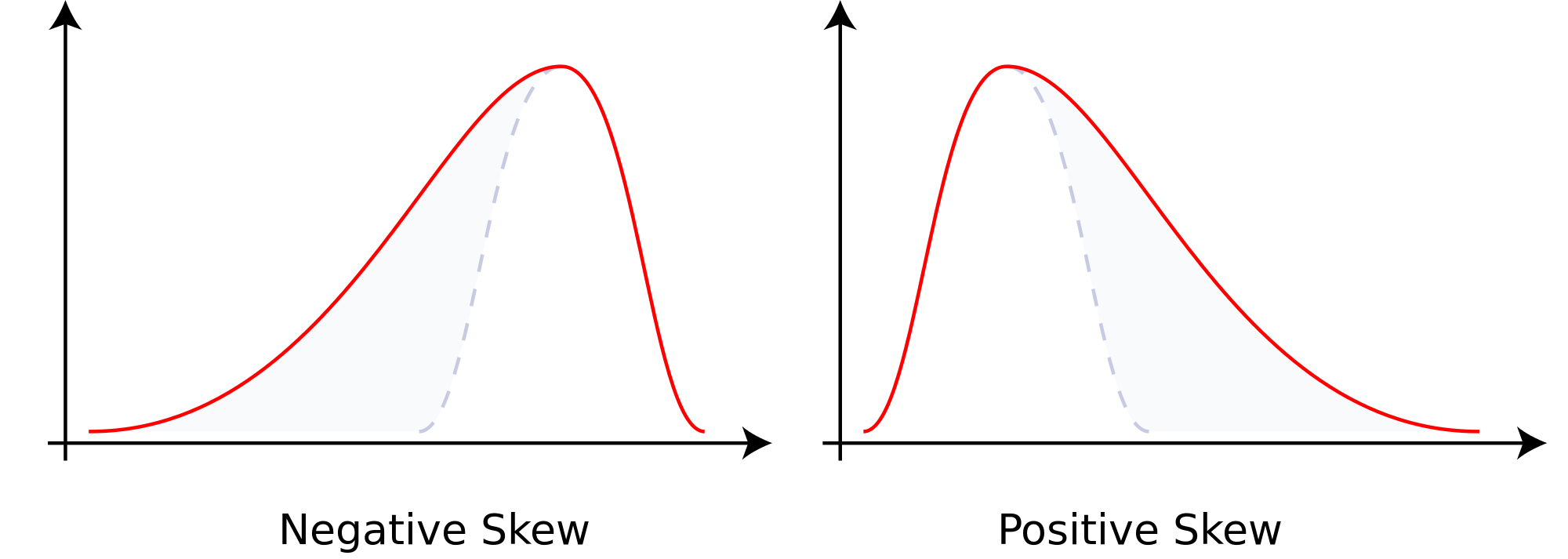
import scipy.stats as ss
ratings = np.array([float(v[1]) for v in recipes])
print(ss.kurtosis(ratings))
print(ss.skew(ratings))
>> 2.79341883868
>> -0.664659407593Note that it is always preferable to have a distribution as close as possible to the Uniform distribution. Otherwise, the dataset becomes unbalanced and the extremes are not correctly modeled. One attempt to solve this issue is to convert the dataset into binary classification (very good cocktails vs not very good cocktails) and make sure that each class contains roughly the same number of samples.
The mean of the ratings is 3.373. When we split the cocktails into two classes, bad : rating < 3.373 and good : rating >= 3.373, we obtain a nearly perfect distribution :
- good : 0.503
- bad : 0.497
The french punctuations are also removed by running some SED command.
The dataset is split into a training set and a testing set with the respective proportions 3/4 and 1/4 (with equal proportions of good and bad in each).
We are now going to use Natural Language Processing and Deep Learning on this binary dataset to detect interesting features.
Which are the best ingredients to mix together?
In this section, we’re going to address this difficult problem:
If you had to choose 2, 3 or 4 ingredients and you want to maximize your chances to please your guests with your cocktails, what would you choose?
We address this problem by using the Natural Language Toolkit, especially Naive Bayes, and some scripts that Andy Bromberg used for Sentiment Analysis on movies. If you’re not already familiar with Naive Bayes, there’s a very good StackOverflow article here. Very briefly, Naive Bayes uses the Bayes theorem and the prior information that we have to compute some posterior distributions and infer the class from there. This method is very basic and usually serves as a baseline to compare models.
One ingredient used to discriminate
Let’s consider first the case with only one ingredient used to discriminate the cocktails. We put aside the quantities and focus solely on either accepting or rejecting a cocktail based on one of his ingredients.
From our dataset, we keep only the ingredients. For example, one cocktail is encoded as:
vodka sirop_cassis sirop_caramel curacao_bleu eau
For information, in english, it is: vodka black_currant_syrup caramel_syrup curacao water
Here is the output (after translation to English):
evaluating the best 200 word features
train on 3378 instances, test on 1128 instances
accuracy: 0.605
Most Informative Features
sparkling_wine neg : pos = 12.5 : 1.0
maple_syrup pos : neg = 8.2 : 1.0
vanilla_pods neg : pos = 6.4 : 1.0
wine neg : pos = 5.4 : 1.0
chocolate pos : neg = 5.2 : 1.0
rose_wine neg : pos = 5.1 : 1.0
jasmine_syrup pos : neg = 4.9 : 1.0
caribbean_syrup_rum_flavor neg : pos = 4.4 : 1.0
Angelica_liquor neg : pos = 4.4 : 1.0
Peach_syrup neg : pos = 4.3 : 1.0
With one discriminating ingredient, we have an accuracy of 60% on our testing set. This output is very interesting and we can already derive some rules.
- If the cocktail contains sparkling wine, it is
12.5times more likely to be considered below average (rating <3.373/5) by your guests. - On the other hand, if you start to use maple syrup, you are likely to succeed
8.2times more to please your guests. - We can conclude that wine and cocktails are not a good match.
- Surprisingly, adding some chocolate seems to have a very positive effect. Our dataset, generated from 1001cocktails.com, contains a few recipes such as
hot chocolateorpunch chocolat. This could bias positively the results. Some of the cocktails are alcohol-free.
Let’s keep in mind that using one ingredient doesn’t make a cocktail taste good. It’s more about how the ingredients mix together that matters. However, we are more likely to reject a cocktail if it contains an inappropriate ingredient, such as wine for example.
Discriminating with all the ingredients
Like we did before, we do not consider the quantities here and focus on the ingredients used in the cocktails. The trick to consider the interaction of multiple ingredients together is to use the ensemble combinations.
What is a combination?
Let’s consider three elements A, B and C. The combination set is given by A, B, C, A+B, A+C, B+C. Let’s apply this rule for:
vodka lemon_juice sugar_syrup
The output is:
vodka lemon_juice sugar_syrup lemon_juice+sugar_syrup lemon_juice+vodka sugar_syrup+vodka lemon_juice+sugar_syrup+vodka
A positive advantage of using this trick resides in the fact that we don’t have to update our implementations. All what we need to do is read the dataset, generate the combinations for each cocktail, dump them to the corresponding files and call our NLP scripts for discrimination.
The term lemon_juice+sugar_syrup+vodka models the interaction of lemon_juice, sugar_syrup and vodka together. Let’s re-run the NLP algorithm with the new dataset made of all the combinations for each cocktail.
After evaluation, we figure out that the accuracy has increased from 60.5% to almost 71%. We now have the proof that combining the right ingredients together is the key to a good cocktail. Let’s analyze the results!
And the winner is…
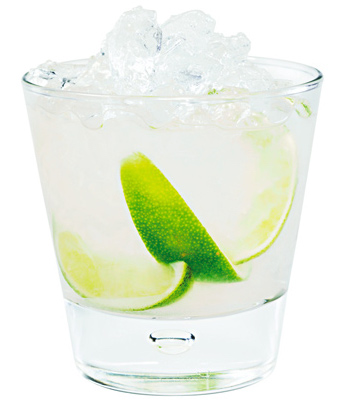
Vodka, Lemon, Sugar
There are plenty of cocktails containing this awesome mix:
- Porticio bay 3.5
- Black Lime 4.1
- Mickado 3.5
- Lemon drop 3.6
- Huntsman 4.5
- Adios Motherfucker 3.9
- Astronaut 3.4
- Springtime cooler 3.8
- Endy’s 4.3
- Liqueur de noix (Nocino) 5.0
- Makseb 4.8
- Floc me up 4.0
- Vodka sour 3.7
- Citrus twist 4.3
- A la Russe 3.5
- Vodka sling 4.4
- 1,2,3 sunlight! 3.7
- Marche Orientale 4.0
- Bikino 4.4
- Roulette Russe 3.6
- Vodka gimlet 4.1
- Impress Me 4.0
- Vodka Nikolaschka 3.8
- Belphégor 3.8
- Vin de citron 3.4
- Grenouille 5.0
- Granité Vodka Citron 3.9
- Kalachnikov 3.4
- Meojifo 3.7
- Bolshoï punch 3.5
- The Funny Super Green 3.8
- Vodka Cooler 4.0
- Magnum citron 4.0
- Air gunner 3.4
- Sandra in High Spirits 4.6
The number next to each cocktail’s name is its rating (out of 5.0). When the cocktail contains at least some
vodka, sugar, and lemon, its score is around 3.954, much higher than the average which, I recall, is around 3.373.
One of the most famous listed cocktail above is the Vodka Sour, whose recipe is:
Vodka Sour
- 1 1/2 oz vodka
- 1/4 - 3/4 oz sugar syrup
- 3/4 oz lemon juice
Shake well over ice cubes in a shaker, and strain into a whiskey sour glass. Garnish with a stemmed cherry, and serve. Most of the reviews for this cocktail are actually very laudatory:

Some other great winners are:
- Maple Syrup (8.2 : 1.0)
- Raspberry and Sugar (7.6 : 1.0)
- Vodka and Cherry brandy (5.6 : 1.0)
- Cherry brandy + Triple Sec (4.9 : 1.0)
- Kiwi liquor (4.9 : 1.0)
- Orange juice and lychee liquor ( 4.9 : 1.0)
- Apricot liquor and vermouth (4.9 : 1.0)
- Gin, lemon juice, orange juice (4.5 : 1.0)
- Lemon juice, vodka, grenadine juice (4.3 : 1.0)
- Gin and Midori (4.3 : 1.0)
- Banana (3.1 : 1.0)
- Coconut liquor, grenadine syrup and vodka (3.0 : 1.0)
- Milk, Kahlua (Coffee liquor) and vodka (3.0 : 1.0)
- Angostura bitters and lemonade (3.0 : 1.0)
- Pineapple juice, banana liquor and vodka (3.0 : 1.0)
- Pineapple juice, coconut milk and rum (2.6 : 1.0) - Pina Colada !!
- Orange juice and raspberry syrup (2.6 : 1.0)
Don’t be mistaken here. Having good mix of ingredients is important, however you must keep in mind that this is necessary but not sufficient to have a good score. Think of mixing a Vodka sour with wine to be convinced! Now that we have listed some of the best ingredients you can add to make great cocktails, let’s see the mixes you must avoid absolutely - I named the top losers.
And the loser is…
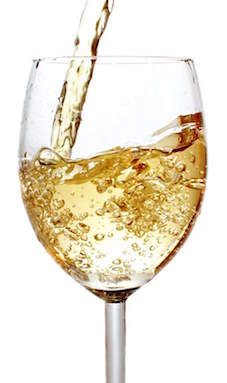
Sparkling wine
No need to say more. If a good friend of yours tells you something like: Oh my god, I have a great idea for the drinks! Let’s mix it with sparkling wine. Just take a deep breath, and say NO WAY please!
Some other great losers are:
- Mixing Grapefruit juice and Rum (9.1 : 1.0) - try it if you’re not convinced!
- Mixing Champaign and Strawberry liquor (7.1 : 1.0)
- Mixing Rum and Vanilla (5.7 : 1.0)
- Mixing Cognac and Red Porto (5.7 : 1.0)
- Sparkling water and Cuban Rum (5.7 : 1.0) - , what??
- Champaign, Cognac and Triple Sec, all together (5.1 : 1.0)
- 90 percent alcohol and water (4.7 : 1.0) - really I’m not kidding, it was in the dataset for real…
Again, keep in mind that a cocktail is seen as a loser if its rating is below the average of 3.373. For example, a cocktail with 3.2 will be considered badly despite the fact that this is still considered as a good score among the guests. The nature of the distribution of the ratings forces us to make this choice.
Finally and for your information, the top 60 features to discriminate the cocktails are shown below (in French, I’m sorry in advance):
Scroll down for the last words
evaluating best 8000 word features
train on 3378 instances, test on 1128 instances
accuracy: 0.709
Most Informative Features
vin_mousseux neg : pos = 12.5 : 1.0
jus_pamplemousses+rhum_blanc neg : pos = 9.1 : 1.0
sirop_derable pos : neg = 8.2 : 1.0
framboises+sucre pos : neg = 7.6 : 1.0
chocolat+lait pos : neg = 7.6 : 1.0
champagne+liqueur_fraises neg : pos = 7.1 : 1.0
citrons+sucre+vodka pos : neg = 6.9 : 1.0
gousses_vanille neg : pos = 6.4 : 1.0
rhum_blanc+vanille neg : pos = 5.7 : 1.0
cognac+porto_rouge neg : pos = 5.7 : 1.0
eau_gazeuse+rhum_cubain neg : pos = 5.7 : 1.0
creme_fraiche_liquide+sirop_grenadine pos : neg = 5.6 : 1.0
liqueur_cerises_(cherry_brandy)+vodka pos : neg = 5.6 : 1.0
vin neg : pos = 5.4 : 1.0
chocolat pos : neg = 5.2 : 1.0
eau_gazeuse_(perrier,_salvetat)+menthe neg : pos = 5.1 : 1.0
champagne+cognac+triple_sec neg : pos = 5.1 : 1.0
vin_rose neg : pos = 5.1 : 1.0
citrons_vert+rhum_cubain neg : pos = 5.1 : 1.0
oranges+rhum_blanc neg : pos = 5.1 : 1.0
rhum_blanc+sirop_dorgeat neg : pos = 5.1 : 1.0
cannelle+sirop_miel neg : pos = 5.1 : 1.0
citrons+gingembre neg : pos = 5.1 : 1.0
citrons_verts+eau_gazeuse neg : pos = 5.1 : 1.0
liqueur_cerises+triple_sec pos : neg = 4.9 : 1.0
jus_doranges+liqueur_lychees pos : neg = 4.9 : 1.0
sirop_jasmin pos : neg = 4.9 : 1.0
liqueur_kiwis pos : neg = 4.9 : 1.0
liqueur_dabricots+vermouth_blanc pos : neg = 4.9 : 1.0
jus_citrons+sirop_dorgeat pos : neg = 4.9 : 1.0
alcool_a_90o+eau neg : pos = 4.7 : 1.0
menthe+rhum_cubain neg : pos = 4.7 : 1.0
gin+jus_citrons+jus_doranges pos : neg = 4.5 : 1.0
chocolat_en_poudre+lait pos : neg = 4.5 : 1.0
creme_bananes+vodkat pos : neg = 4.5 : 1.0
alcool_a_90o+sucret neg : pos = 4.5 : 1.0
sirop_caribbean_(saveur_rhum) neg : pos = 4.4 : 1.0
cognac+liqueur_cerises neg : pos = 4.4 : 1.0
angelique neg : pos = 4.4 : 1.0
cannelle+noix_muscade_rapee neg : pos = 4.4 : 1.0
jus_citrons+jus_doranges+sucre_canne neg : pos = 4.4 : 1.0
cannelle+cognac neg : pos = 4.4 : 1.0
cognac+porto_rouge+sucre neg : pos = 4.4 : 1.0
cannelle+cognac+sucre neg : pos = 4.4 : 1.0
citrons_vert+menthe+rhum_cubain neg : pos = 4.4 : 1.0
jus_dananas+jus_doranges+pamplemousses neg : pos = 4.4 : 1.0
cafe+creme_chantilly neg : pos = 4.4 : 1.0
jus_pommes+vodka pos : neg = 4.4 : 1.0
creme_whisky_(baileys)+lait pos : neg = 4.3 : 1.0
jus_dananas+jus_pommes pos : neg = 4.3 : 1.0
jus_citrons+sirop_grenadine+vodka pos : neg = 4.3 : 1.0
citron+vodka pos : neg = 4.3 : 1.0
gin+midori pos : neg = 4.3 : 1.0
jus_citrons+sirop_framboises pos : neg = 4.3 : 1.0
guarana pos : neg = 4.3 : 1.0
eau+framboises pos : neg = 4.3 : 1.0
chocolat+eau pos : neg = 4.3 : 1.0
sirop_peche neg : pos = 4.3 : 1.0
citrons+oranges neg : pos = 4.3 : 1.0
noix_muscade_rapee+sucre neg : pos = 3.7 : 1.0
And last but not least, Barack Obama once said, I’ve rarely met a cocktail I didn’t like. Please, don’t disappoint him if he ever shows in one your parties!
Also, always keep in mind that:

Thanks for reading.